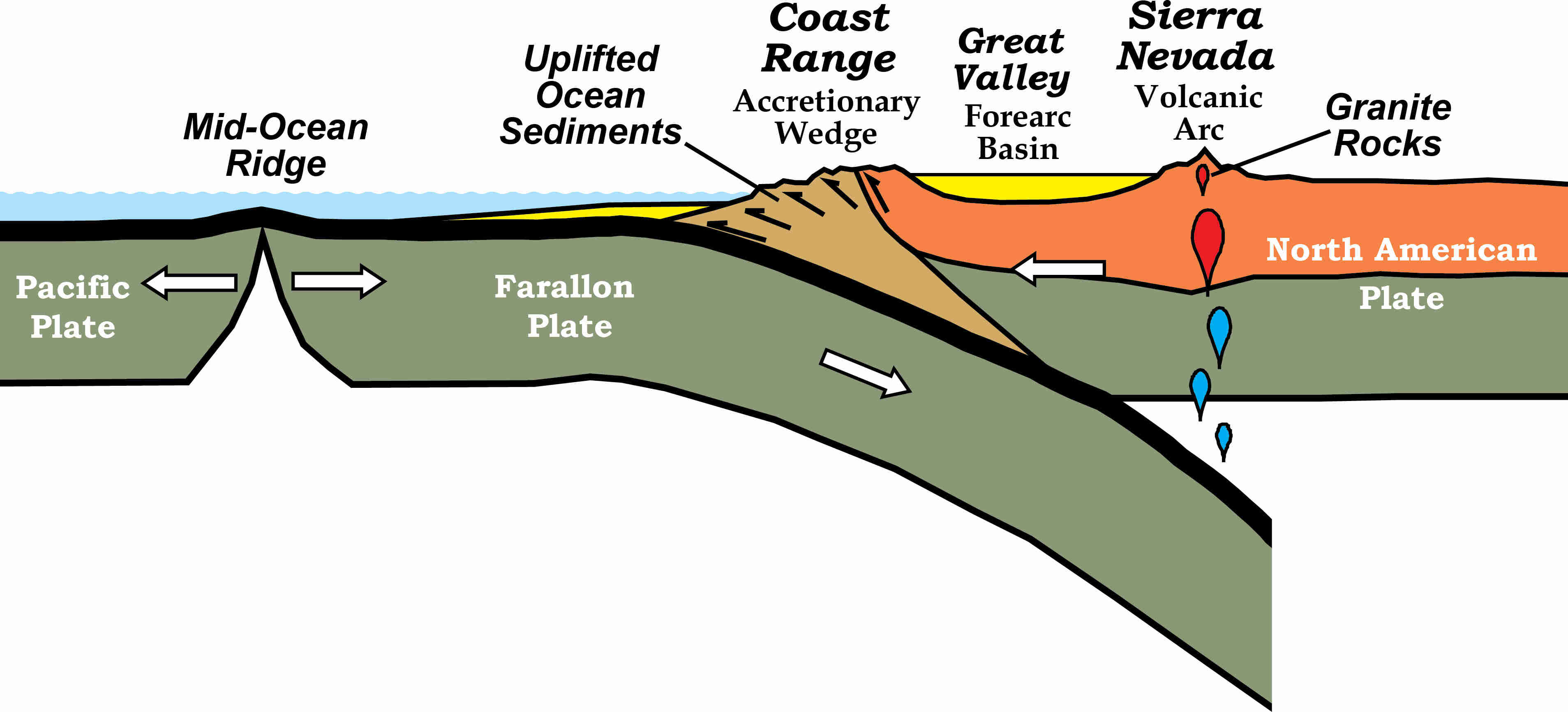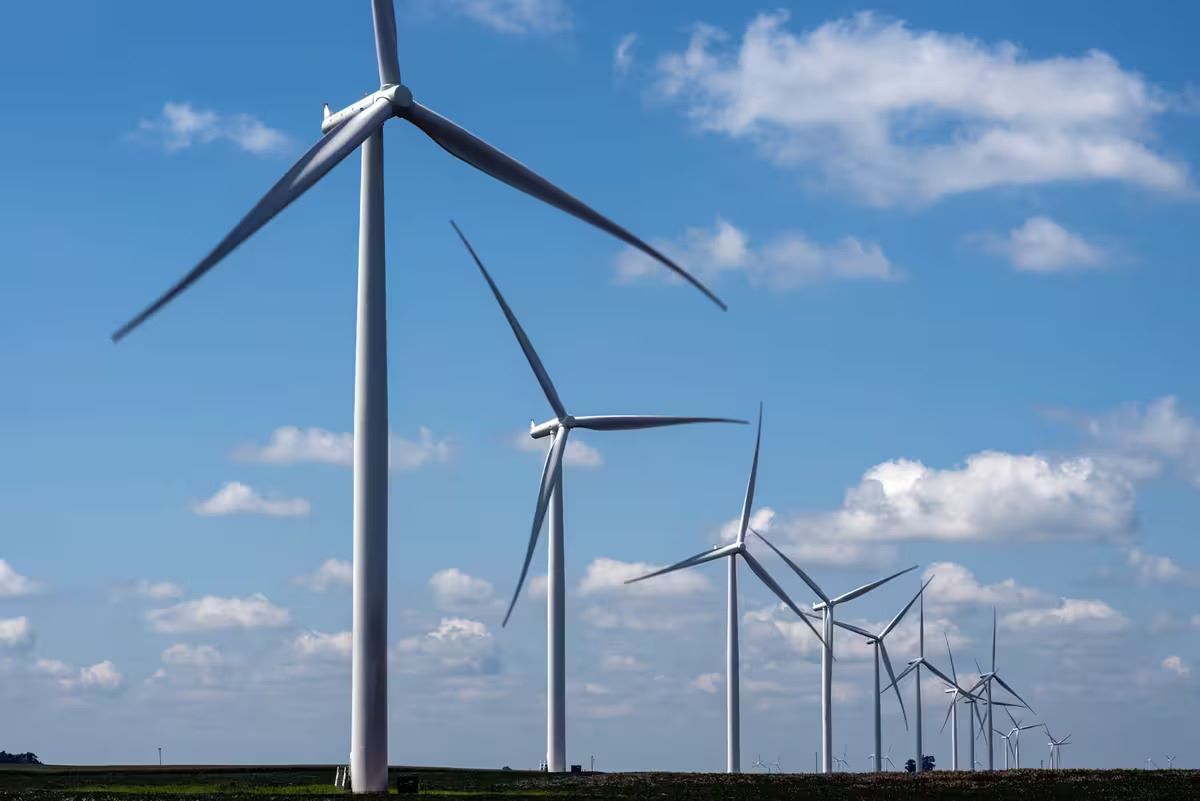
Tectonic uplift is a fascinating geological process that has shaped the Earth’s landscape over millions of years. It occurs when tectonic plates collide or move apart, causing portions of the Earth’s crust to rise or fall. This natural phenomenon has had a profound effect on the formation of mountains, valleys, and other topographical features.
In this article, we will delve into the world of tectonic uplift and uncover 15 intriguing facts about this geological phenomenon. From the forces behind its occurrence to the impact it has on the Earth’s surface, we will explore the wonders of tectonic uplift and gain a deeper understanding of how it has shaped our planet.
Key Takeaways:
- Tectonic uplift shapes Earth’s surface over millions of years, creating mountains, valleys, and fault lines. It also influences climate, mineral deposits, and the distribution of plant and animal species.
- Tectonic uplift exposes ancient rock formations, influences river courses, and impacts sea levels. It continues to shape our planet, playing a crucial role in Earth’s evolution and interconnected processes.
Tectonic uplift is a geologic process.
Tectonic uplift refers to the upward movement of the Earth’s crust due to tectonic plate actions. It occurs when two tectonic plates collide, slide past each other, or pull apart. This movement can result in the formation of mountains, valleys, and other significant landforms.
Tectonic uplift can occur over millions of years.
The process of tectonic uplift is a slow and gradual one, taking place over extended periods of time. Mountains, for example, may form as a result of tectonic uplift over millions of years as the Earth’s crust is slowly pushed upward.
Tectonic uplift is responsible for the formation of some of the world’s tallest mountains.
Mount Everest, the highest peak on Earth, is the product of tectonic uplift. The collision between the Indian and Eurasian plates caused the uplift of the Himalayas, resulting in the majestic mountain range we see today.
Tectonic uplift can cause earthquakes and volcanic activity.
As tectonic plates move and shift, the stress and pressure can lead to earthquakes and volcanic eruptions. These natural phenomena are often associated with areas of intense tectonic activity, where uplift is occurring.
Tectonic uplift can create breathtaking landscapes.
The uplifted areas often showcase stunning landscapes with steep cliffs, deep valleys, and dramatic mountain ranges. Places like the Grand Canyon in the United States and the Norwegian Fjords are prime examples of the remarkable beauty shaped by tectonic uplift.
Tectonic uplift can expose ancient rock formations.
As the Earth’s crust is pushed upward, layers of rock that were once buried deep beneath the surface are exposed. Geologists can study these exposed rock formations to gain insights into the Earth’s history and the processes that have shaped our planet.
Tectonic uplift plays a role in shaping the Earth’s climate.
Mountain ranges formed by tectonic uplift can influence climate patterns. They can block moisture-laden winds, resulting in the creation of rain shadows and desert regions. On the other hand, mountains can also act as barriers and enhance rainfall in certain areas.
Tectonic uplift can impact the distribution of plant and animal species.
As landscapes change due to tectonic uplift, it can lead to the separation of populations and the formation of new habitats. This, in turn, can influence the evolution and distribution of plant and animal species.
Tectonic uplift can create underground reservoirs of water.
The upward movement of the Earth’s crust can lead to the trapping of water underground. These aquifers can serve as vital sources of freshwater, supporting ecosystems and human populations in arid regions.
Tectonic uplift can expose valuable mineral deposits.
Many valuable minerals, including gold, silver, copper, and uranium, are often found in areas of tectonic uplift. The exposure of deep-seated rocks and the alteration caused by tectonic forces can create conditions favorable for the formation of mineral deposits.
Tectonic uplift can influence the course of rivers.
As the land uplifts, rivers may change their course and shape. This can lead to the formation of new river valleys and the alteration of drainage patterns. The majestic canyons carved by rivers such as the Colorado River in the United States are a testament to the power of tectonic uplift.
Tectonic uplift contributes to the recycling of Earth’s crust.
Through the process of tectonic uplift, older rocks can be exposed at the surface, eroded, and transported to lower elevations. This contributes to the ongoing cycle of the Earth’s crust, where old materials are broken down and new ones are formed.
Tectonic uplift can result in the formation of fault lines.
Fault lines are fractures in the Earth’s crust where movement has occurred. The uplift and movement of tectonic plates can create these fault lines, which have significant implications for seismic activity and the potential for earthquakes.
Tectonic uplift can affect sea levels.
When tectonic uplift occurs along coastlines, it can result in a relative decrease in sea levels. This can lead to the uncovering of previously submerged land, creating new opportunities for human habitation and ecosystem development.
Tectonic uplift continues to shape our planet.
The process of tectonic uplift is ongoing and continues to shape the Earth’s surface. It plays a crucial role in the evolution of landscapes, the distribution of resources, and the interconnectedness of various Earth processes.
In conclusion, tectonic uplift is a fascinating and dynamic process that has shaped our planet over millions of years. From the formation of majestic mountain ranges to the creation of fault lines and the exposure of ancient rock formations, the effects of tectonic uplift are vast and significant. Understanding this process is crucial in gaining insights into the Earth’s history, climate patterns, and the distribution of life on our planet.
Conclusion
In conclusion, tectonic uplift is a fascinating natural phenomenon that continues to shape the Earth’s surface. From the formation of majestic mountain ranges to the creation of deep-sea trenches, tectonic uplift has a profound impact on our planet’s geography. Understanding the process of tectonic uplift can help us comprehend the evolution of landscapes and even aid in predicting seismic activities.Through this article, we have explored 15 intriguing facts about tectonic uplift. We’ve learned about the forces behind this phenomenon, the different types of uplift, and the incredible changes it brings to the Earth’s surface. We’ve also discovered how tectonic uplift can lead to the formation of valuable resources and influence the patterns of life on Earth.Tectonic uplift is a captivating subject that highlights the dynamic nature of our planet. By further studying this phenomenon, we can deepen our understanding of Earth’s history and its ongoing transformation. So, let’s continue to marvel at the marvels that tectonic uplift creates and appreciate the immense power of our planet.
FAQs
Q: What is tectonic uplift?
A: Tectonic uplift is the vertical movement of Earth’s crust due to tectonic plate interactions. It occurs when tectonic plates collide, causing the land to rise above its previous elevation.
Q: What are the main factors that cause tectonic uplift?
A: Tectonic uplift can be caused by various factors, including the collision of tectonic plates, the subduction of one plate beneath another, and the movement of magma beneath the surface.
Q: How does tectonic uplift shape the Earth’s surface?
A: Tectonic uplift can create mountain ranges, plateaus, and even deep-sea trenches. It also plays a crucial role in the formation of landforms such as valleys, canyons, and cliffs.
Q: Can tectonic uplift cause earthquakes?
A: Yes, tectonic uplift can cause earthquakes. When two tectonic plates collide and the stress from their movement becomes too great, it is released as seismic energy, resulting in an earthquake.
Q: How long does tectonic uplift take?
A: Tectonic uplift is a gradual process that can occur over millions of years. However, in some cases, rapid uplift can occur due to catastrophic events such as volcanic eruptions or large-scale landslides.
Q: Are there any benefits to tectonic uplift?
A: Yes, tectonic uplift brings several benefits. It creates diverse habitats, allows for the growth of fertile soils, and exposes valuable mineral resources. It also contributes to the water cycle by creating slopes and elevations that influence rainfall patterns.
Q: Can tectonic uplift be dangerous?
A: Yes, tectonic uplift can pose dangers. It can lead to the formation of steep cliffs or unstable slopes, which can result in landslides. Additionally, the seismic activity associated with tectonic uplift can trigger earthquakes, potentially causing damage to infrastructure and human lives.
Was this page helpful?
Our commitment to delivering trustworthy and engaging content is at the heart of what we do. Each fact on our site is contributed by real users like you, bringing a wealth of diverse insights and information. To ensure the highest standards of accuracy and reliability, our dedicated editors meticulously review each submission. This process guarantees that the facts we share are not only fascinating but also credible. Trust in our commitment to quality and authenticity as you explore and learn with us.


